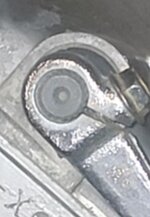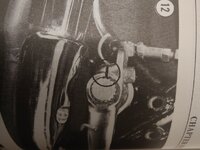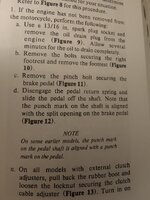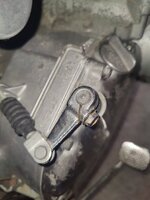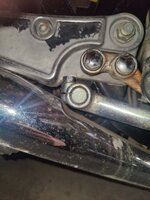jimbocarrey
Thread starter
- Joined
- Oct 21, 2023
- Messages
- 24
Well here's an update, after riding it two nights ago for a good hour I let it sit and tried it again last night and the clutch is still dragging pretty badly when it's cold. So it's working when it's warmed up but not when cold so looks like I'm going to have to take apart the clutch and do some of the stuff described in this thread. Thanks for all your input and I will let you know how the clutch job goesGuess you missed where he said the bike is actually ridable now, when it was not with the Rotella. You think it was just a "coincidence" that the clutch operation changed when he went to the Valvoline? Use some logic, lol.

